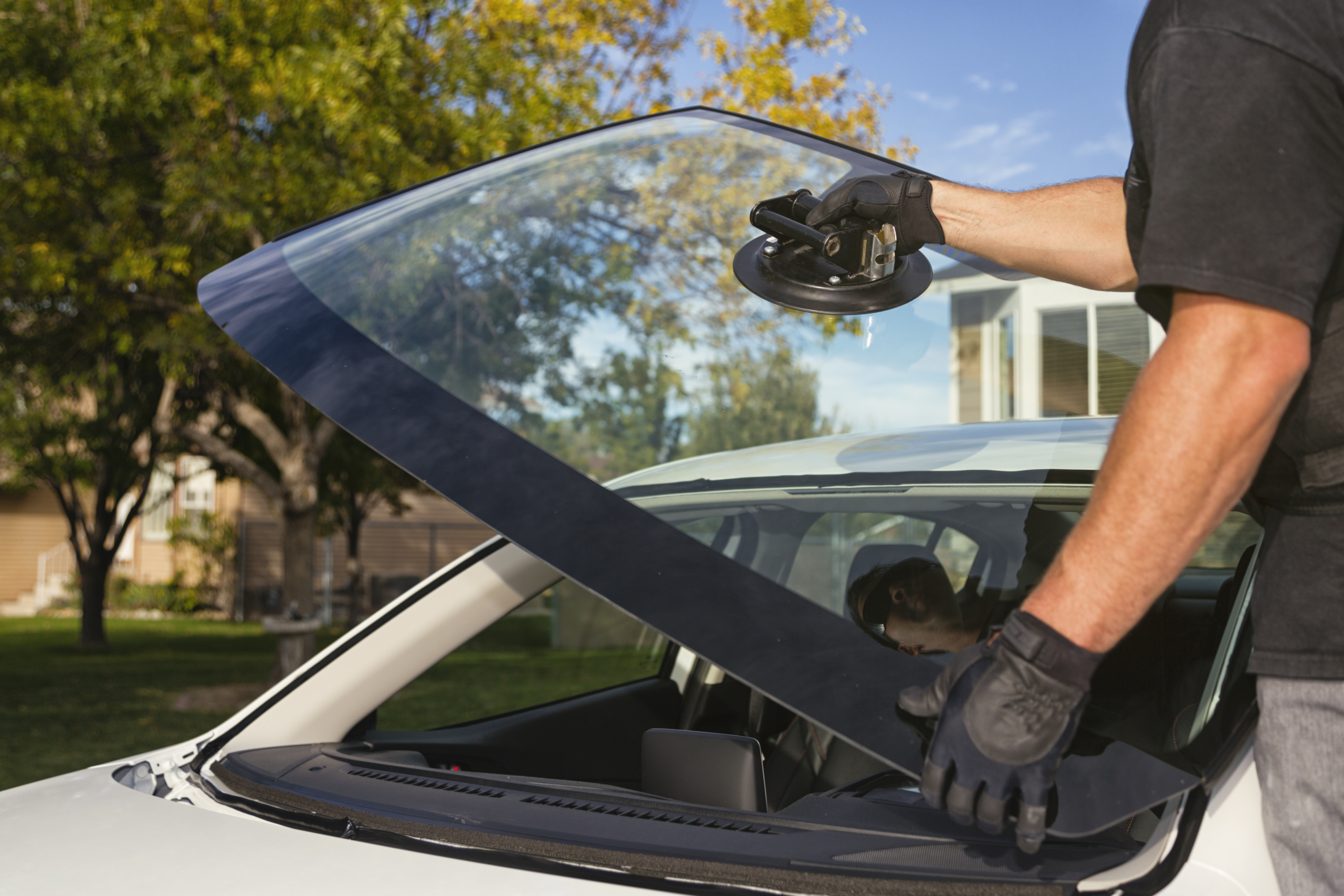
The Road to Hell Is Paved: Can Climate Champs Back Bigger Highways?
The evidence is clear. So why the disconnect between the climate change-fighting rhetoric of political leaders and their continued love for big highway widening projects?
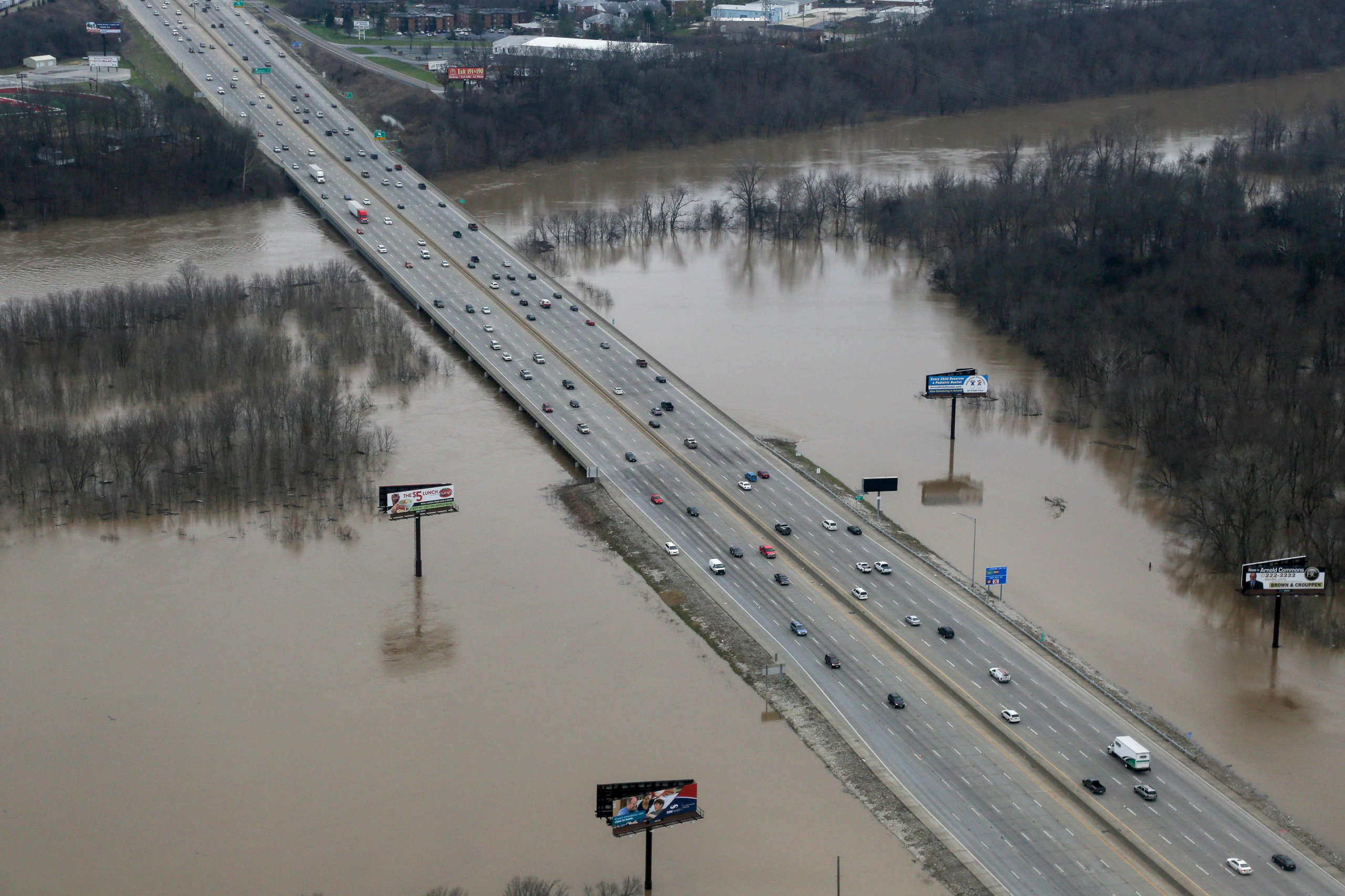
Gov. Larry Hogan of Maryland, a Republican, is a member of the U.S. Climate Alliance – a bipartisan group of governors committed to uphold the goals of the Paris Climate Agreement and “accelerate new and existing policies to reduce carbon pollution.” His state is one of nine participating in the Transportation and Climate Initiative, which aims to create a regional cap-and-invest program for carbon pollution from transportation in the Northeast and Mid-Atlantic.
He is also the leading champion of a $9-11 billion “traffic relief plan” that includes the widening of numerous D.C.-area highways.
Illinois Gov. J.B. Pritzker, a Democrat, is also a member of the Climate Alliance. He recently signed a $45 billion capital bill that provides stable funding for transit, millions for biking and walking, and expands intercity rail service … but will also funnel $1 billion toward the widening of Interstate 80 and leaves the door open for more boondoggle highway expansion projects, while paying for it in part with a $100 annual fee on electric vehicle owners.
Gov. Ron DeSantis of Florida, a Republican, is not a member of the Climate Alliance. But he broke with his predecessor (current U.S. Senator Rick Scott) by acknowledging that climate change is real, and is promising to invest in resilience. He also signed legislation authorizing the largest highway build-out in the state in decades – a massive toll road expansion that will open new corners of the state to sprawling development.
In California, America’s leading state for innovative and bold policy on climate change, transportation officials are proposing to build Los Angeles County’s first new freeway in 25 years. As described in the fifth edition of our annual Highway Boondoggles report, released earlier this week, the state of California estimates that the new highway will add a quarter-million metric tons of greenhouse gases to the atmosphere annually.
And in Portland, Oregon, the city that arguably did more than any other to pioneer smart land use and bicycling in America, city leaders remain lined up behind a half-billion dollar widening of Interstate 5.
Across the country, would-be climate leaders of both parties are proposing, supporting or acquiescing to major highway construction projects – projects that generations of evidence and lived experience suggest will lead to even more driving, and make the effort to contain the worst impacts of global warming that much more of an uphill battle.
What gives?
Despite suggestions to the contrary by the Maryland and Oregon departments of transportation, urban highway expansion projects are not good for the climate. Both agencies have suggested that the reductions in congestion promised by the projects would cut energy use and reduce emissions, neglecting the long-known propensity of new highway capacity to spur more driving.
The idea that highway expansion is a climate strategy is, to use a technical term, hogwash. A 2014 summary of research on the subject conducted for the California Air Resources Board (CARB) is clear: “Any induced travel that occurs reduces the effectiveness of capacity expansion as a strategy for alleviating traffic congestion and offsets any reductions in GHG [greenhouse gas] emissions that would result from improved traffic flow.” (emphasis added) In general, as the CARB report concluded, every 1 percent increase in urban highway capacity leads to a roughly 1 percent increase in vehicle travel. Expanding highways to fight congestion is, at best, running to stand still. As a climate strategy? It’s a non-starter.
It’s also very expensive. Over the course of our five Highway Boondoggles reports, we’ve identified dozens of wasteful projects slated to cost tens of billions of dollars. The debt incurred and resources expended to build those projects represent resources that are not available to build the low-carbon transportation systems that will be essential if the United States is to fulfill our share of responsibility in addressing global warming.
Americans already drive more on average than residents of any major industrialized country, our transportation system is a globally significant source of greenhouse gases, and transportation is now our country’s number one source of carbon dioxide. Given the ever-increasing urgency of decarbonizing our economy, treading water won’t cut it – we need a dramatic change in direction. Every billion that is spent on a project that doesn’t move us meaningfully toward that goal is money we will wish we had back.
And while electric vehicles are an essential part of the solution to decarbonizing transportation, the number of miles we drive still matters – a lot. Electric vehicles produce vastly less carbon pollution than gasoline-powered cars, but the manufacture of electric vehicles comes with its share of carbon pollution, as does road maintenance and construction. An energy-intensive transportation system that requires virtually everyone to own a car and drive it dozens of miles each day will be harder and more costly to decarbonize than one in which people have a variety of low-carbon transportation options and aren’t incentivized to travel. Decarbonizing our economy is going to be hard enough. We can’t afford investments that will make it even harder.
None of this should be controversial. The evidence is clear. So why the disconnect between the climate change-fighting rhetoric of political leaders and their continued love for big highway widening projects?
Environmental advocates bear some responsibility. For decades, environmentalists have focused on technological changes such as improved vehicle fuel economy and electrification to cut carbon pollution from transportation. That strategy yielded significant – and relatively quick – reductions in emissions and important technological improvements that will pay dividends for years to come. We need to celebrate that. It won’t, however, do the job of getting us all the way to the zero-carbon transportation system we need to build over the next 30 years.
Big infrastructure projects are also a way for political leaders to please several big constituencies – from road-builders and real estate interests to suburban commuters frustrated with traffic and willing to support anything that smacks of a solution. What politician doesn’t love a good ribbon-cutting?
If we are going to turn the corner on carbon pollution from transportation – and do it in time to prevent the worst impacts of global warming – something has to change. That change might begin with recognizing that it is increasingly difficult to make environmental peace with car culture, especially given the Trump administration’s assault on federal fuel economy and greenhouse gas standards for cars. And that means pushing back hard on the notion that highway expansion is anything other than a firm step in the wrong direction when it comes to combating climate change.
The next step is to be clear that transportation’s climate impact is not just a problem with our vehicles, it’s a problem with the shape of our communities and the character of the transportation system we have spent the last century building. To fix it, we need to take aggressive action across many dimensions – including a fundamental change in how we prioritize and build transportation infrastructure.
Eventually, political leaders who want to claim the mantle of “climate champion” will need to have a credible plan both to electrify vehicles and to provide options that will enable us to “drive less and live more.”
It won’t be easy, given the ways in which car dependence has become entrenched in our institutions, our economy, and the built environment. But we don’t have the luxury of time.
And with climate change increasingly threatening our communities, our health and our future, the last thing we should be doing is spending billions of scarce public dollars on infrastructure that is virtually guaranteed to make the problem worse. For years, we have argued that stopping boondoggle highway projects is good for taxpayers and our communities.
When it comes to addressing climate change, it is also increasingly a moral imperative.
(Photo: Missouri National Guard)
Topics
Authors
Tony Dutzik
Associate Director and Senior Policy Analyst, Frontier Group
Tony Dutzik is associate director and senior policy analyst with Frontier Group. His research and ideas on climate, energy and transportation policy have helped shape public policy debates across the U.S., and have earned coverage in media outlets from the New York Times to National Public Radio. A former journalist, Tony lives and works in Boston.
Find Out More
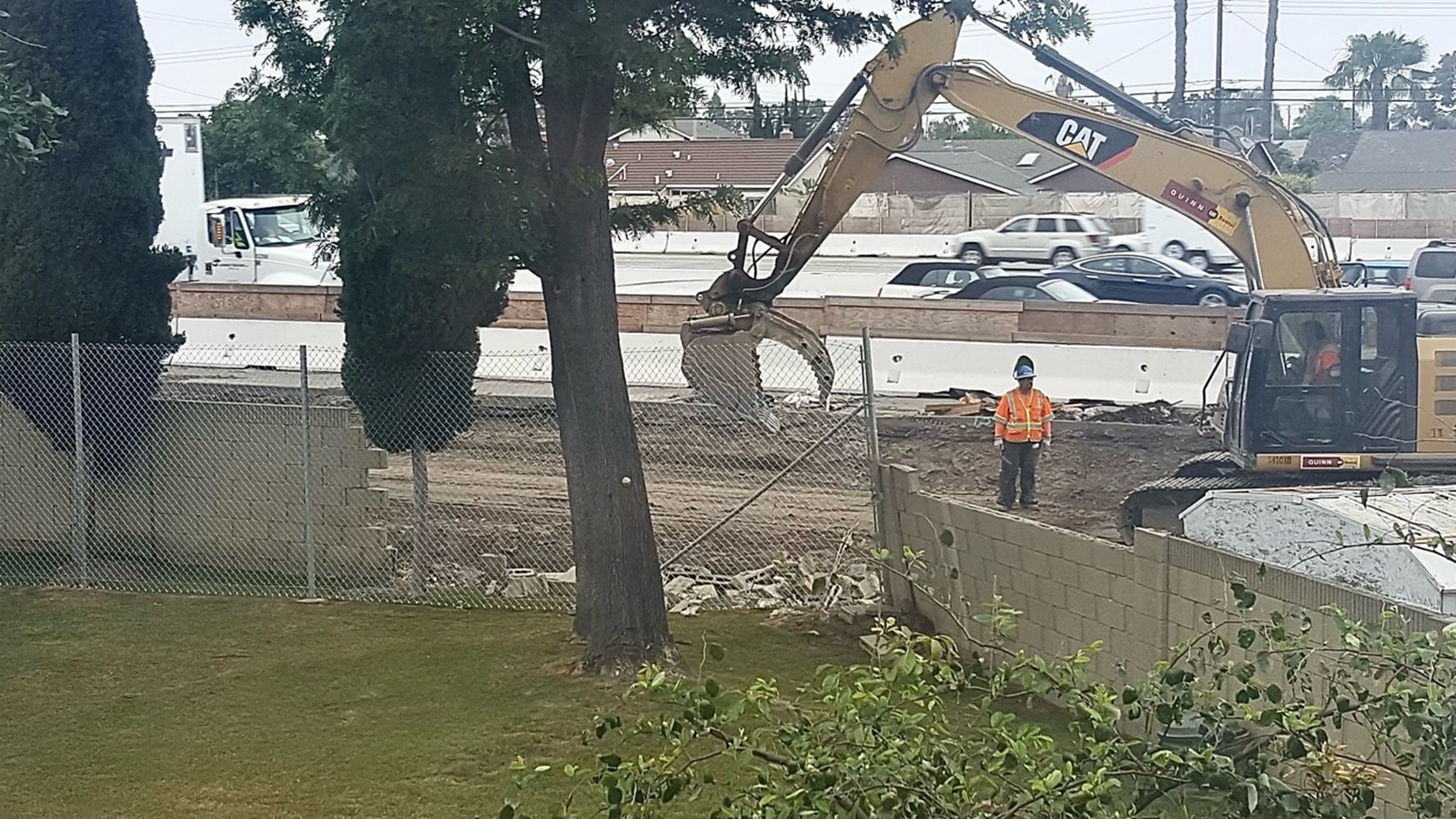
Wider highways don’t solve congestion. So why are we still knocking down homes to build them?
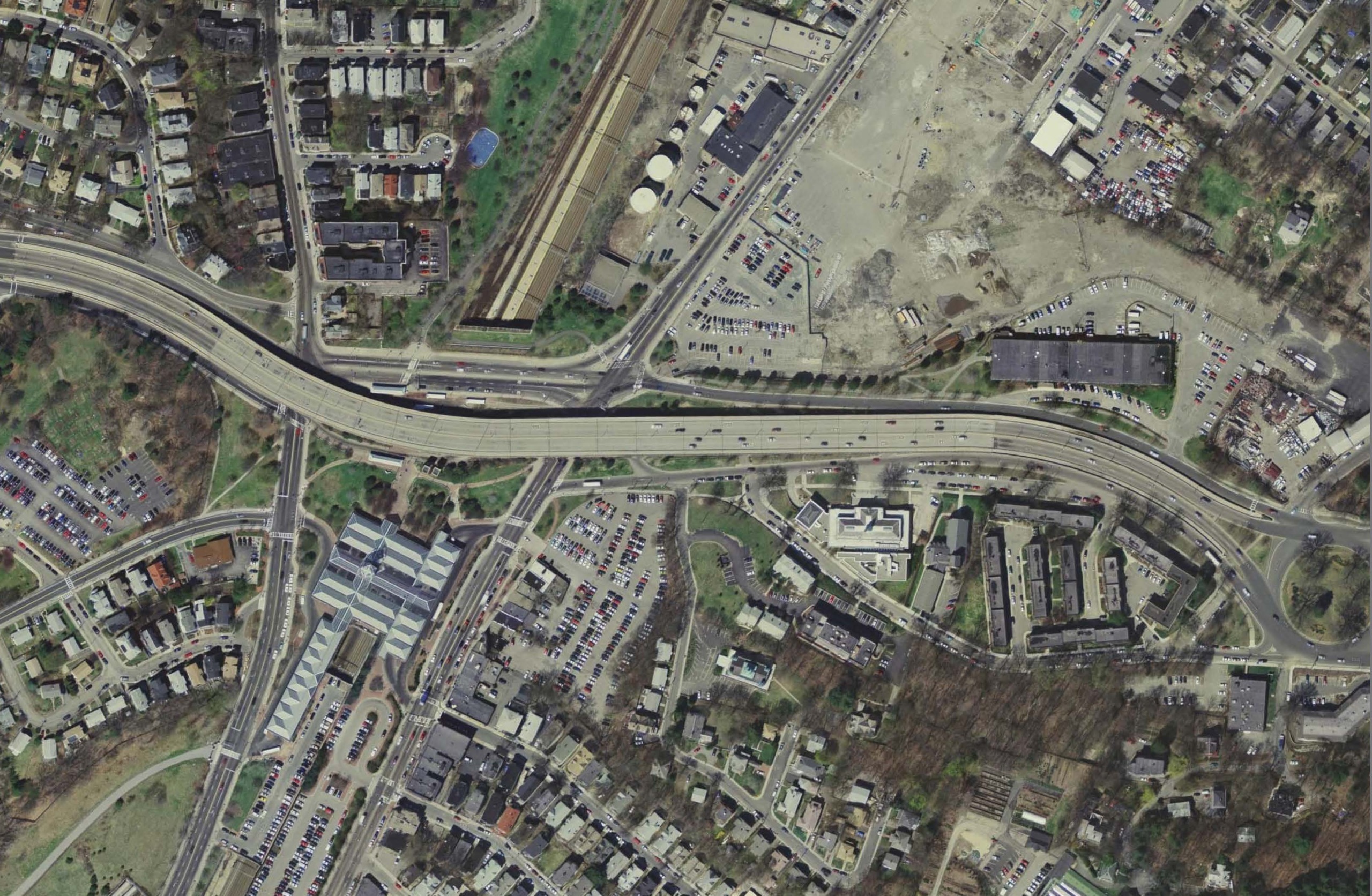
Four ways to look at a project (or policy, or almost anything)
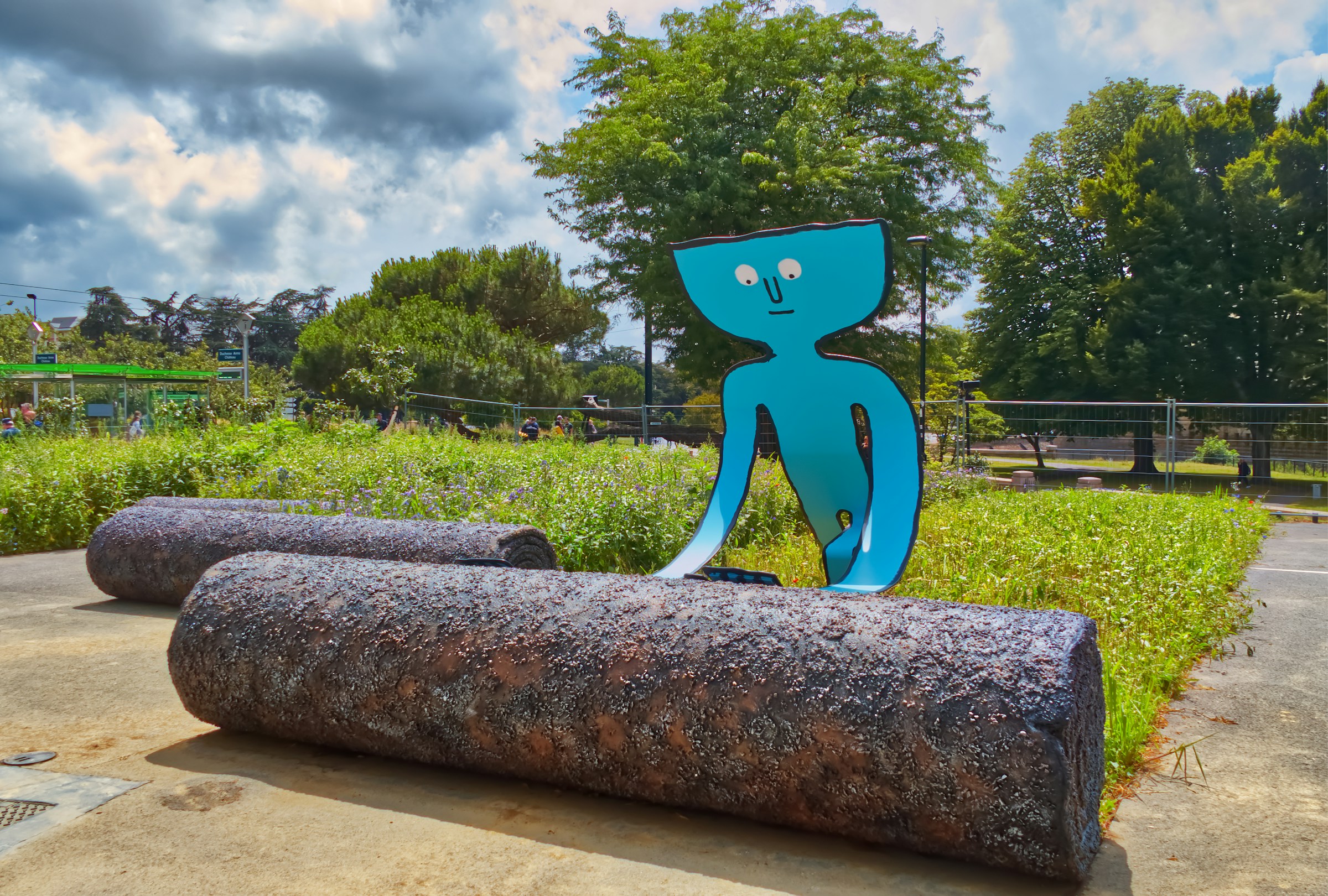
From gray to green: How (and why) to depave
